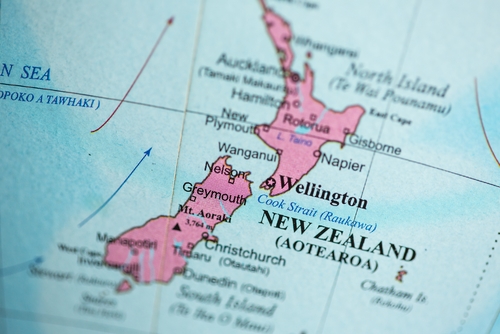- Summary:
- NZDUSD is leading losses among the majors today despite New Zealand easing its lockdown restrictions. Why? Talks about negative rates.
NZDUSD is trading sharply lower in today’s Asian session and is leading losses among the majors. The currency pair is down by almost 50 pips or 0.80%, trading around 0.5993, as investors fear that New Zealand may soon adopt negative rates.
Earlier today, Westpac Chief Economist Dominick Stephens and Triple T Consulting Managing Director Sean Keane talked about how negative rates is a plausible option for the RBNZ by end of 2020. According to the two financial markets experts, the outlook for the New Zealand economy has significantly deteriorated because of the coronavirus lockdowns. They warned that the central bank could announce a 75-basis point rate cut, which would bring the official cash rate to -0.5%, to help support the economy.
With this, NZDUSD traded lower. These speculations were enough to overshadow the positive developments in the country’s fight against the pandemic. Earlier today, the government downgraded its alert level from 4 to 3. This means that take away and delivery services for food establishments are now permitted. This also translates to 400,000 people in New Zealand be able to go back to work.
Download our Q2 Market Global Market Outlook
NZDUSD Outlook
On the 4-hour time frame, it can be seen that NZDUSD has retraced some of its gains and is trading around a confluence of support. This area, around the 0.6000 psychological handle, coincides with the 50% Fib level (when you draw from the low of April 23 to the high of April 27) and the 100 SMA. Additionally, it also coincides with the previous trend line when you connect the highs of April 14, April 20, and April 23. If NZDUSD manages to close above this level, it could mean that there are enough buyers left in the market which could push the currency pair to its April 20 highs at 0.6091.
On the other hand, a strong bearish close below the handle could indicate that sellers have taken over. A drop below the low of April 24 at 0.5975 would mean that the next near-term support is at 0.5920. If that price does not hold, the next floor could be at 0.5850 where NZDUSD bottomed on April 3.


